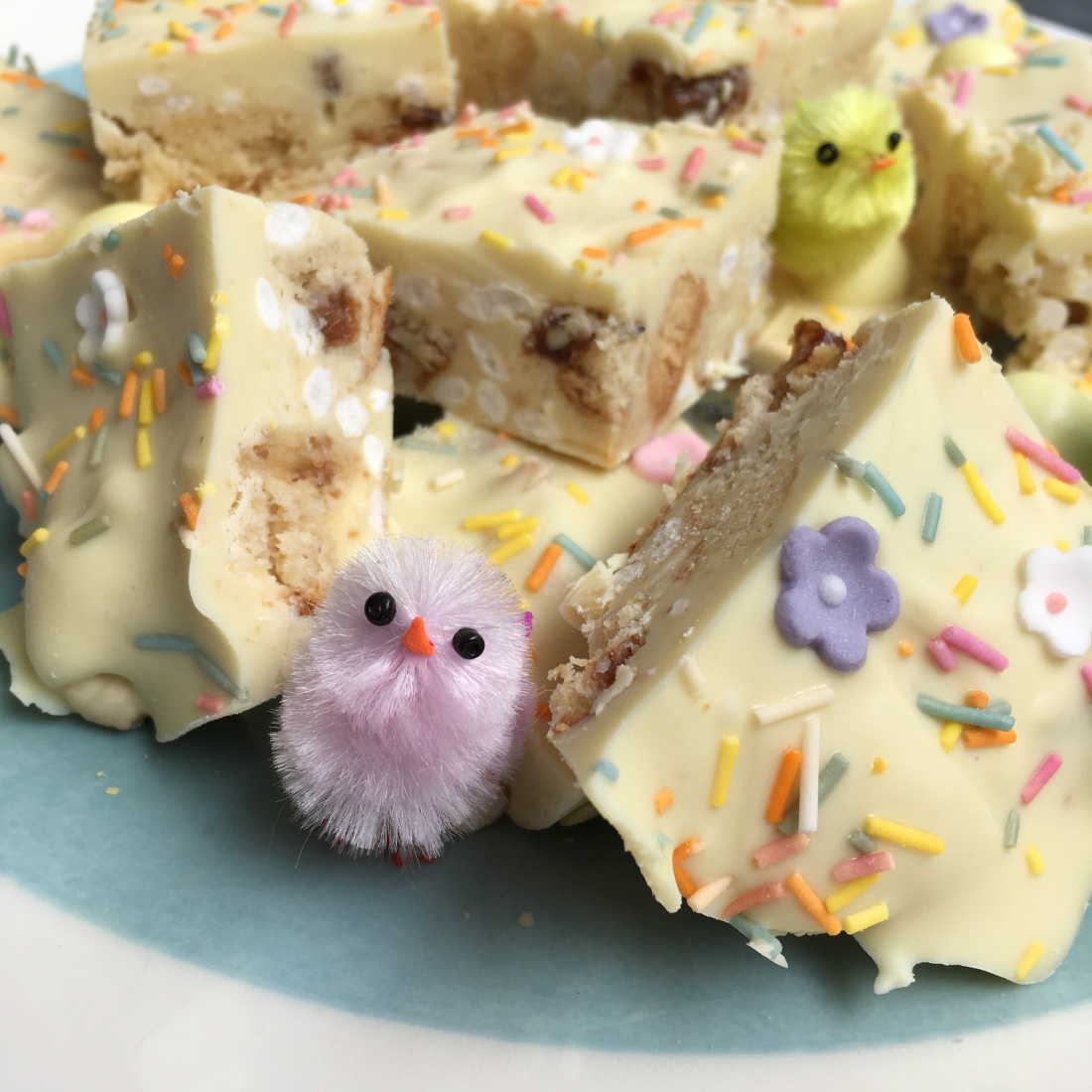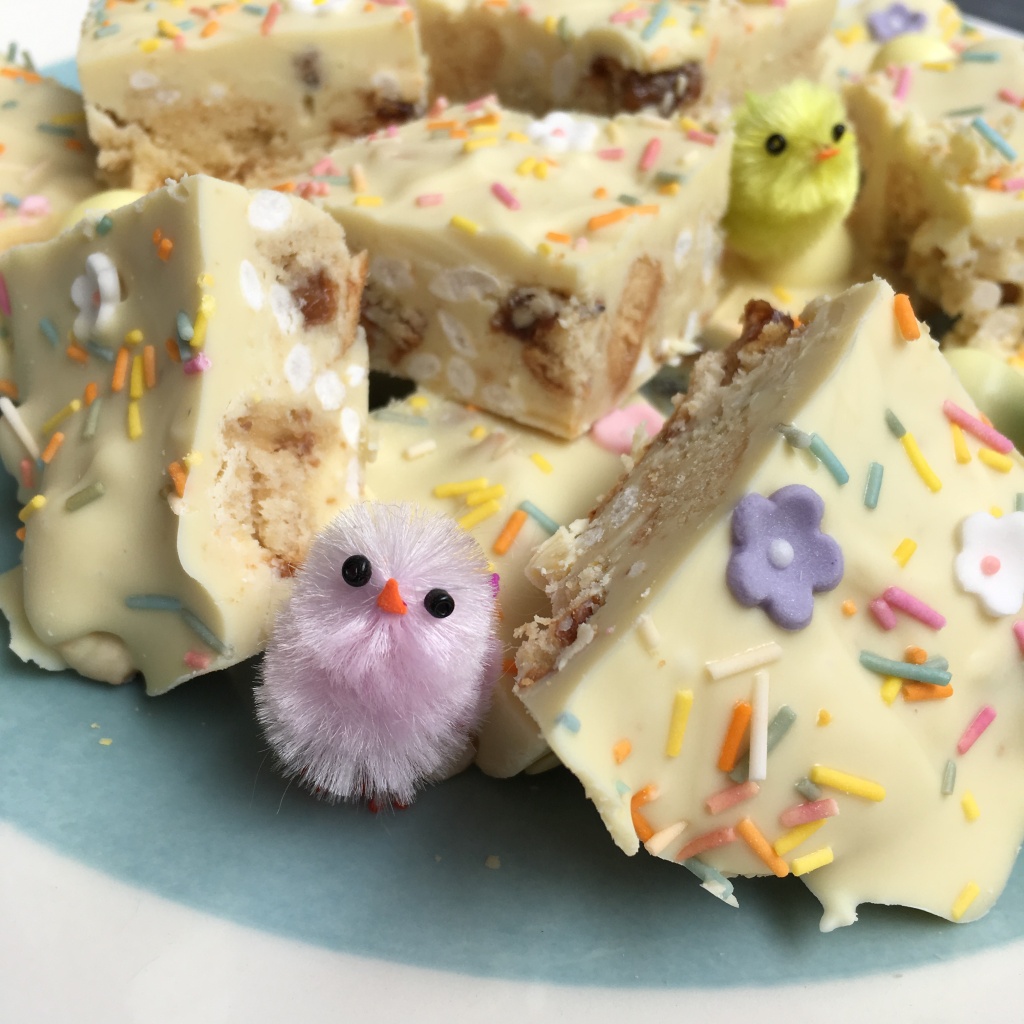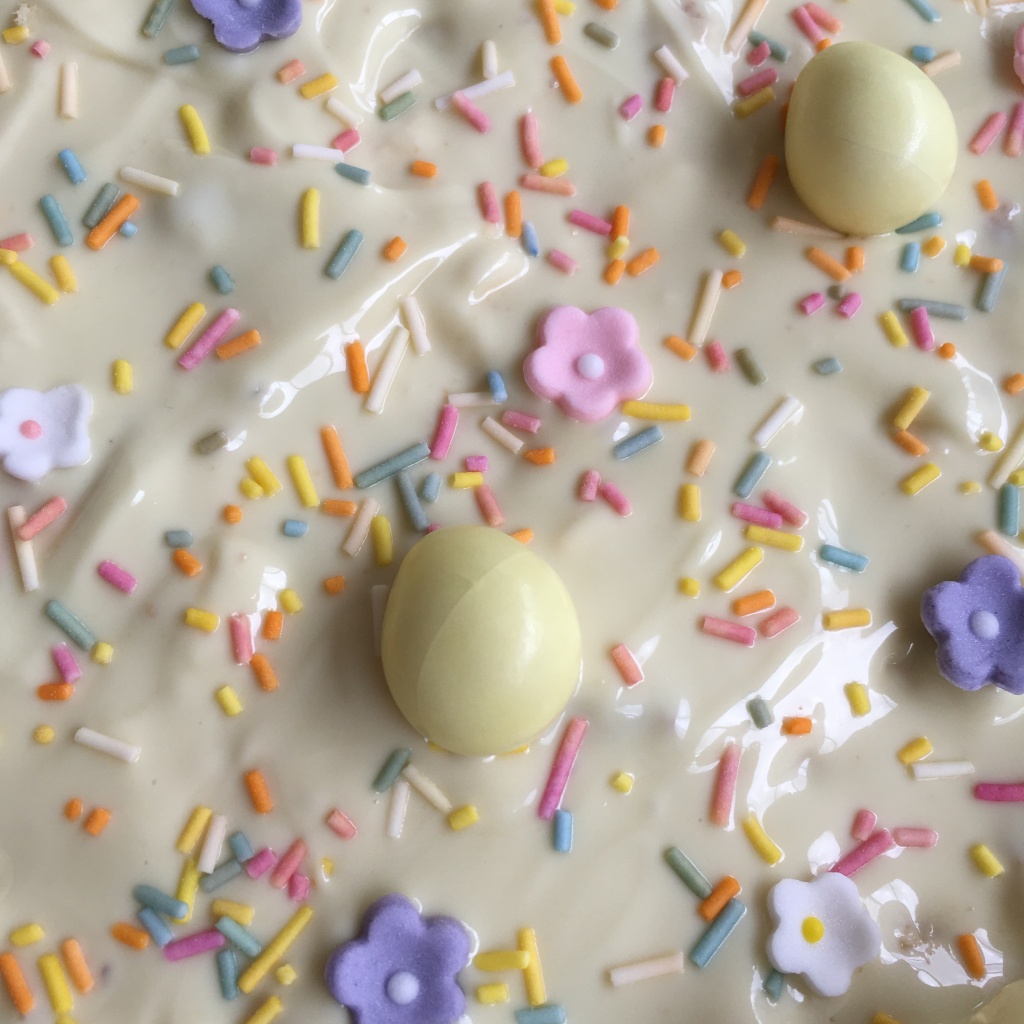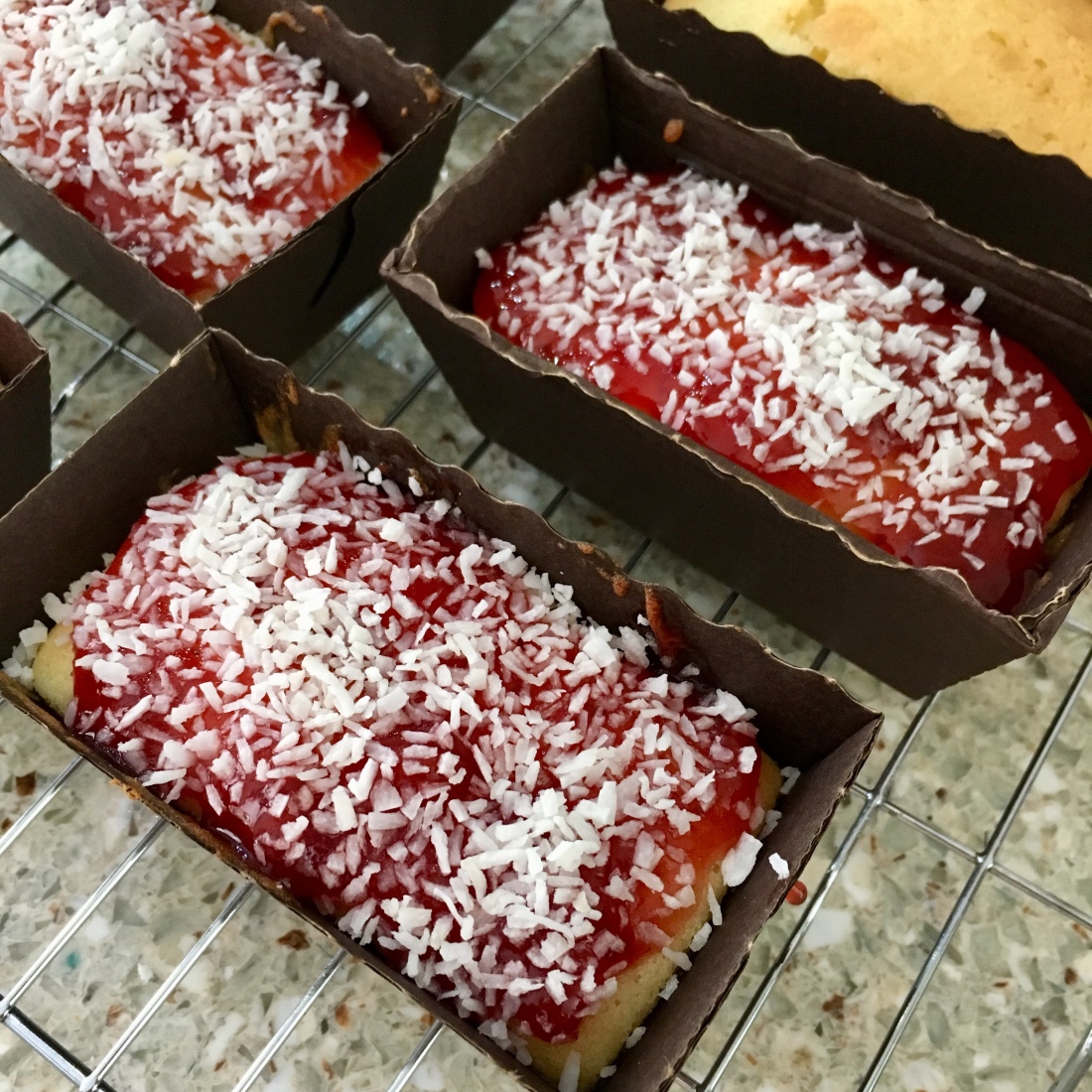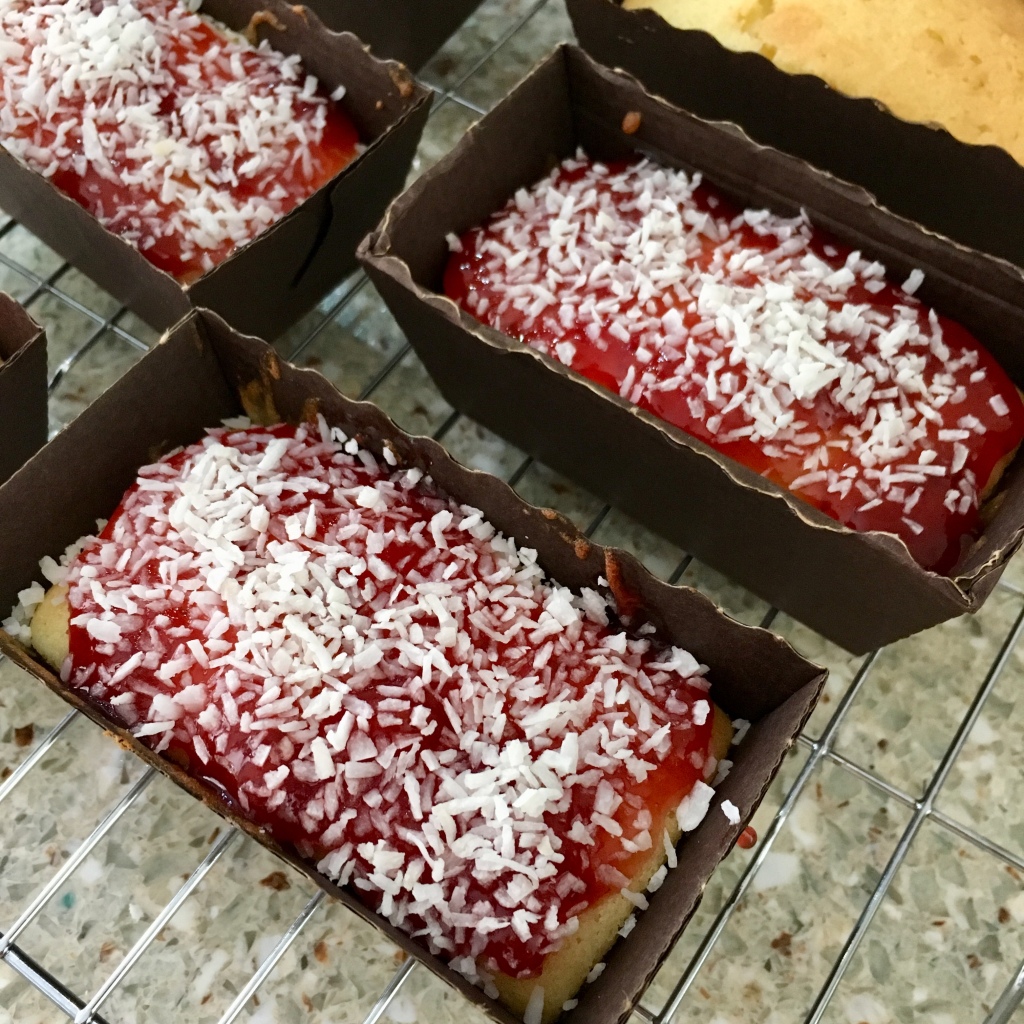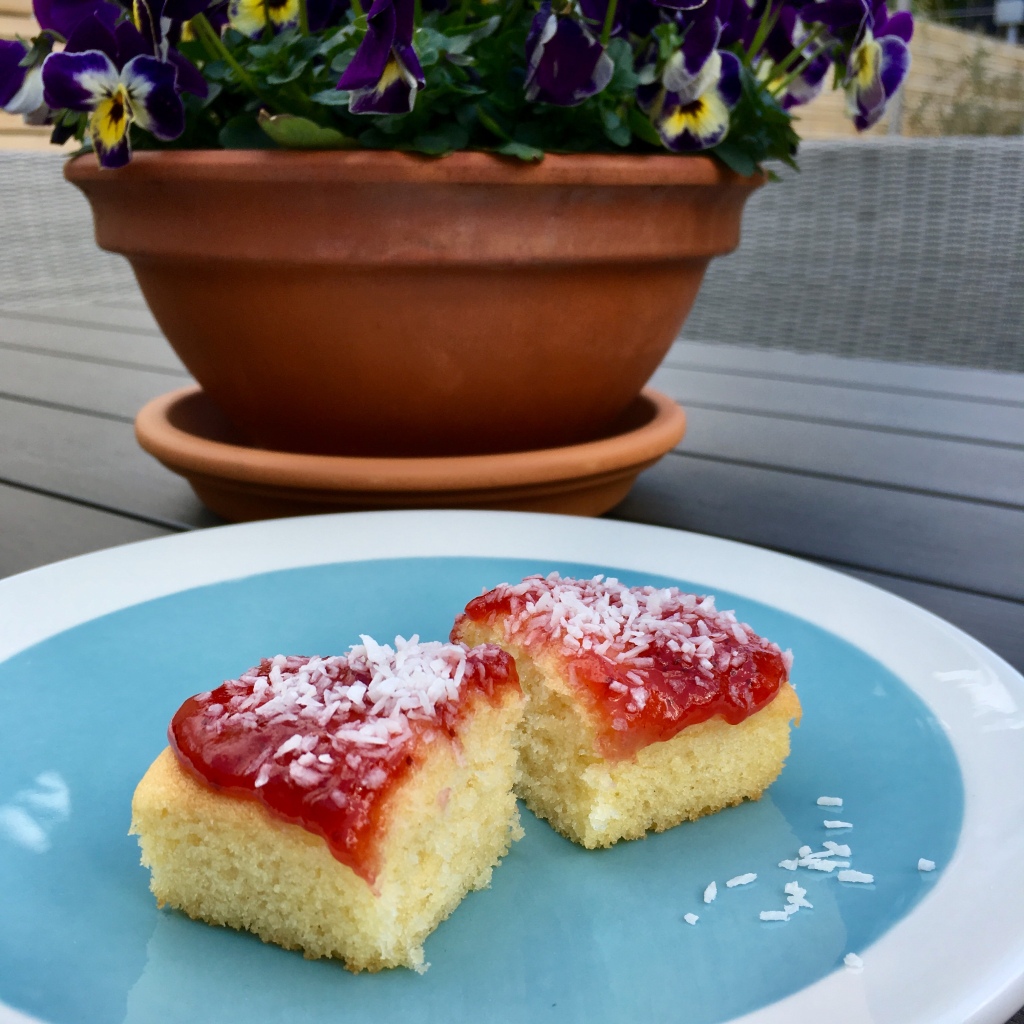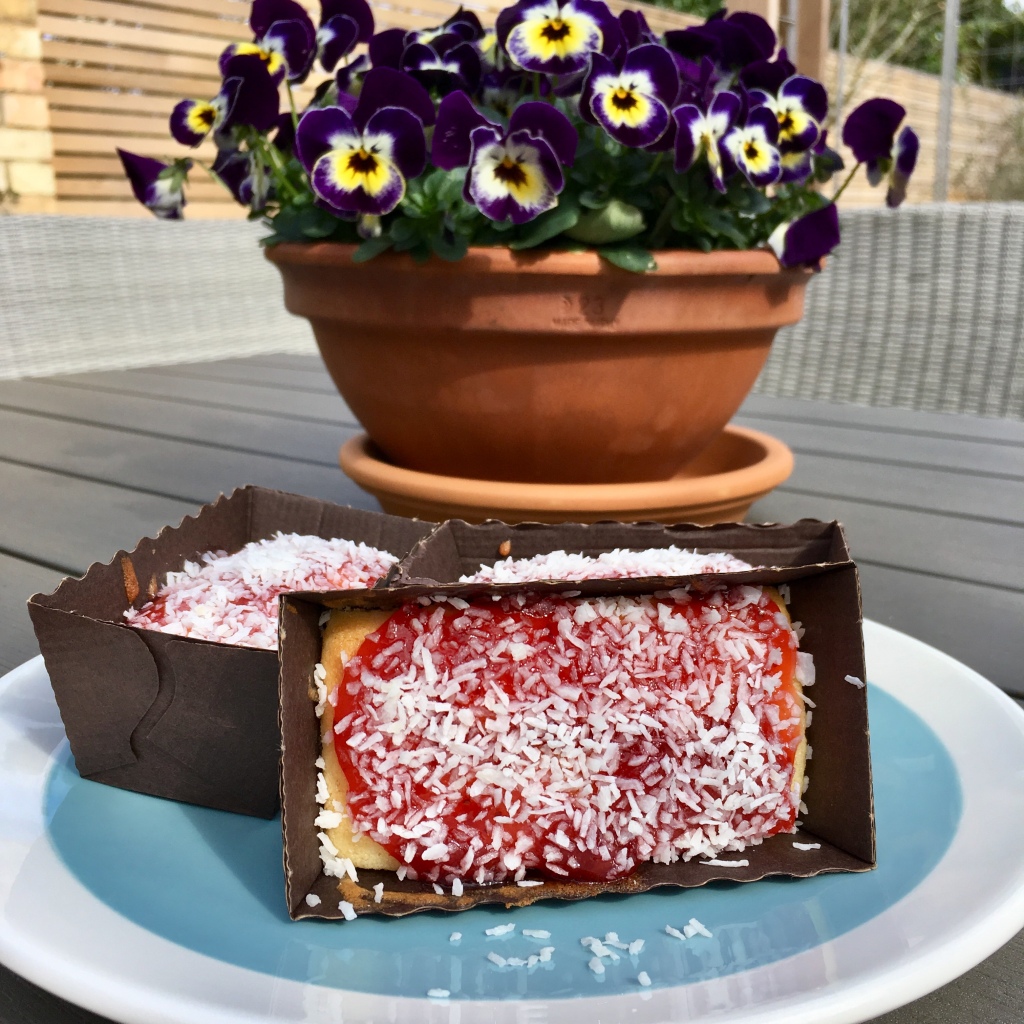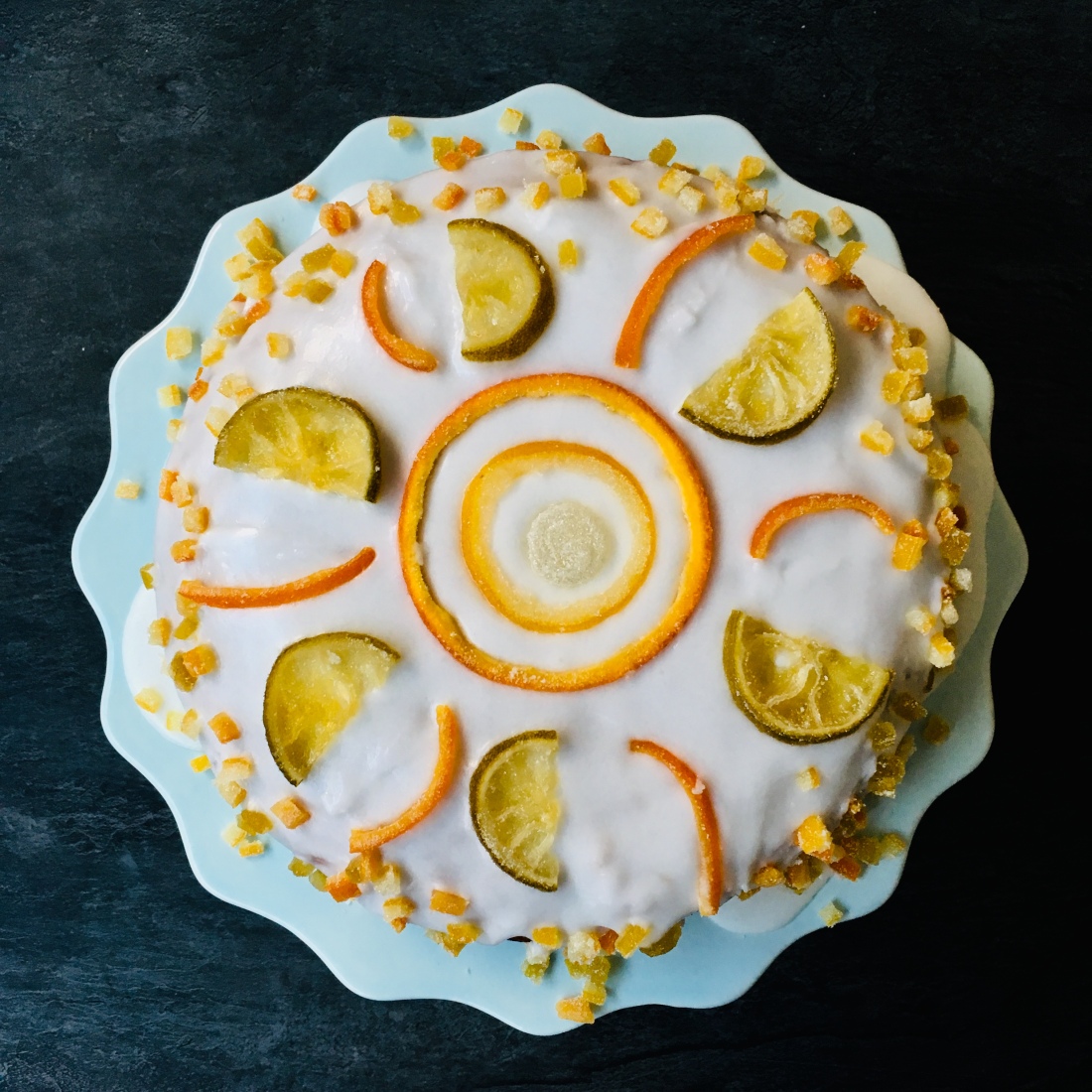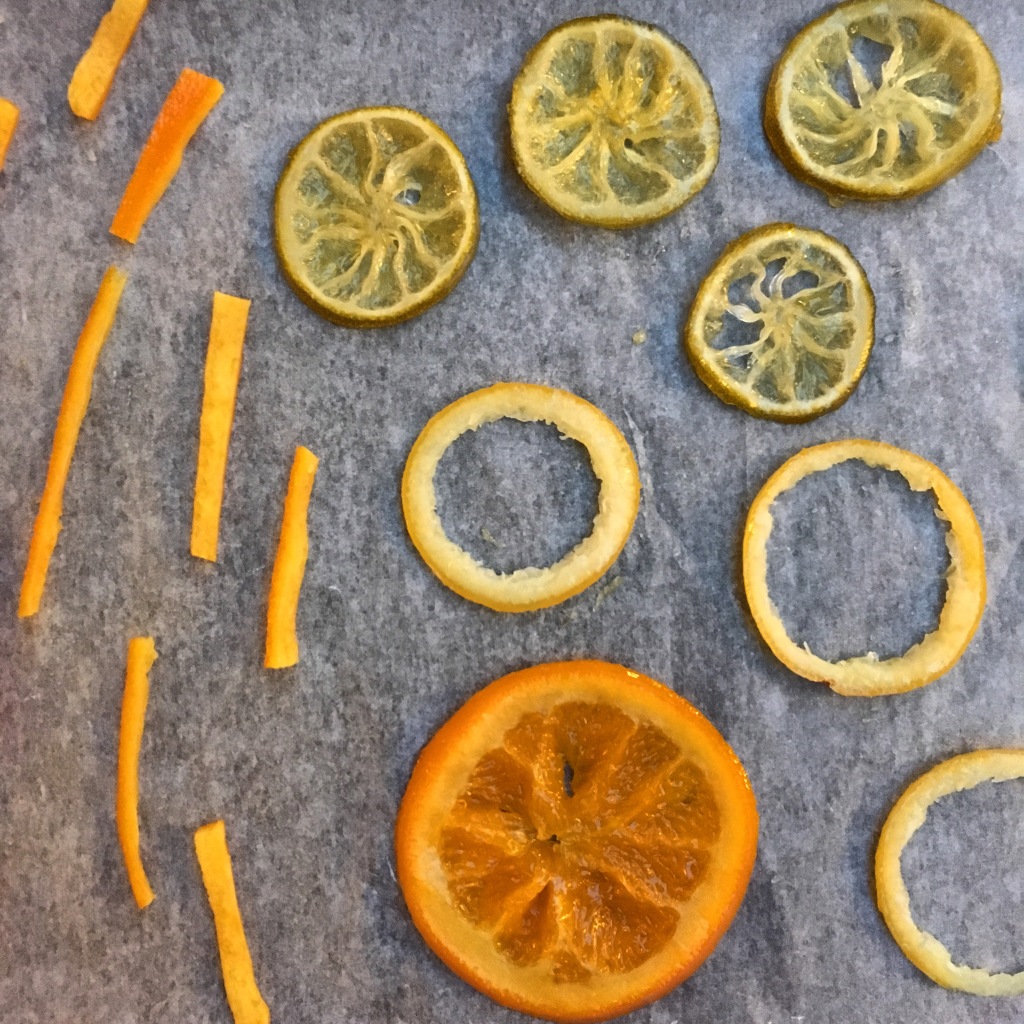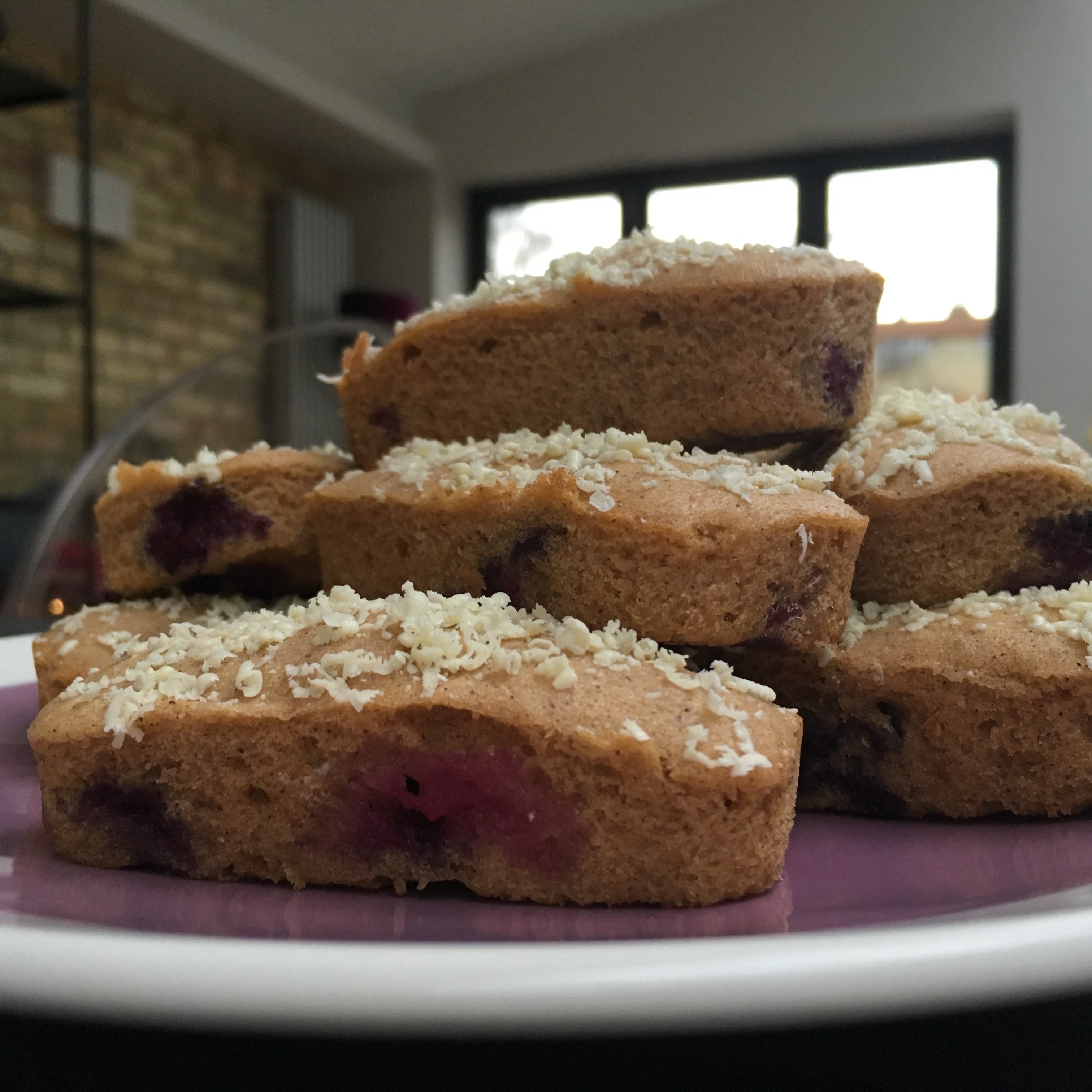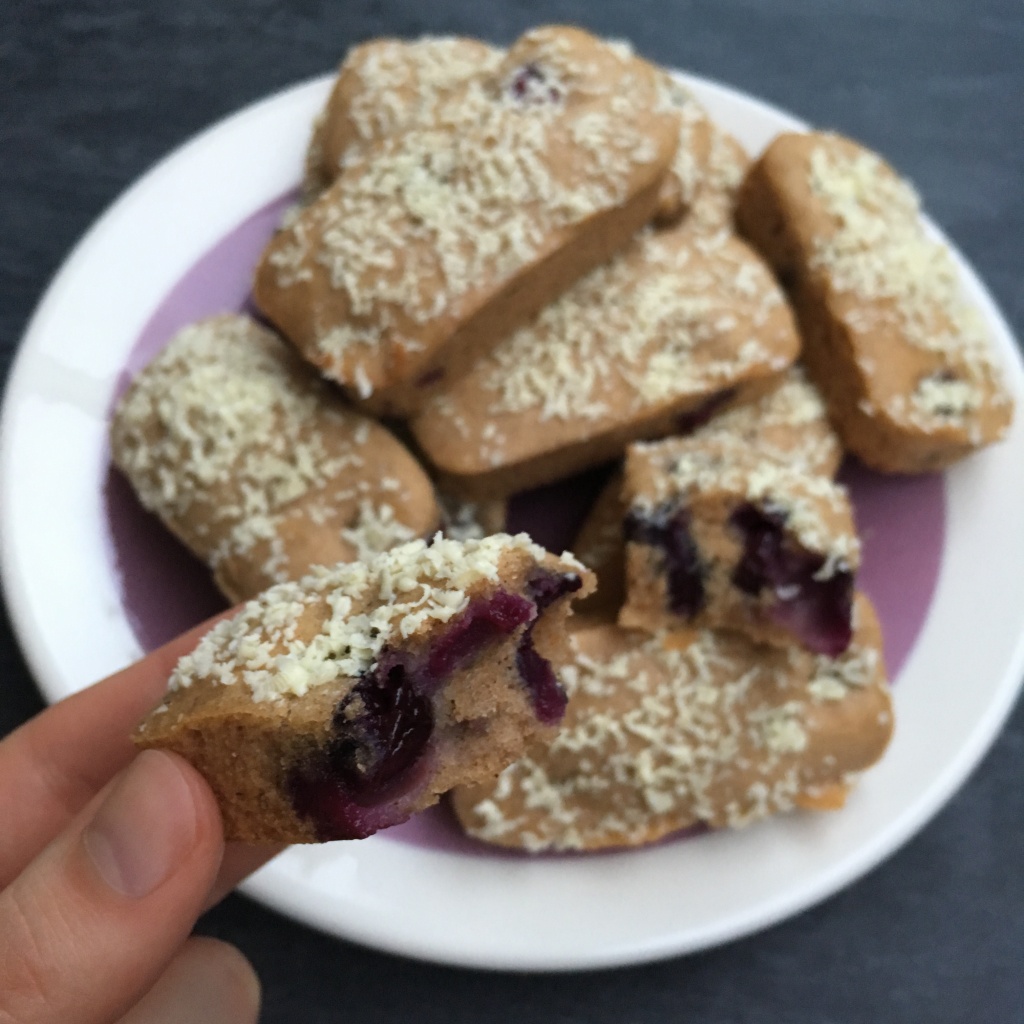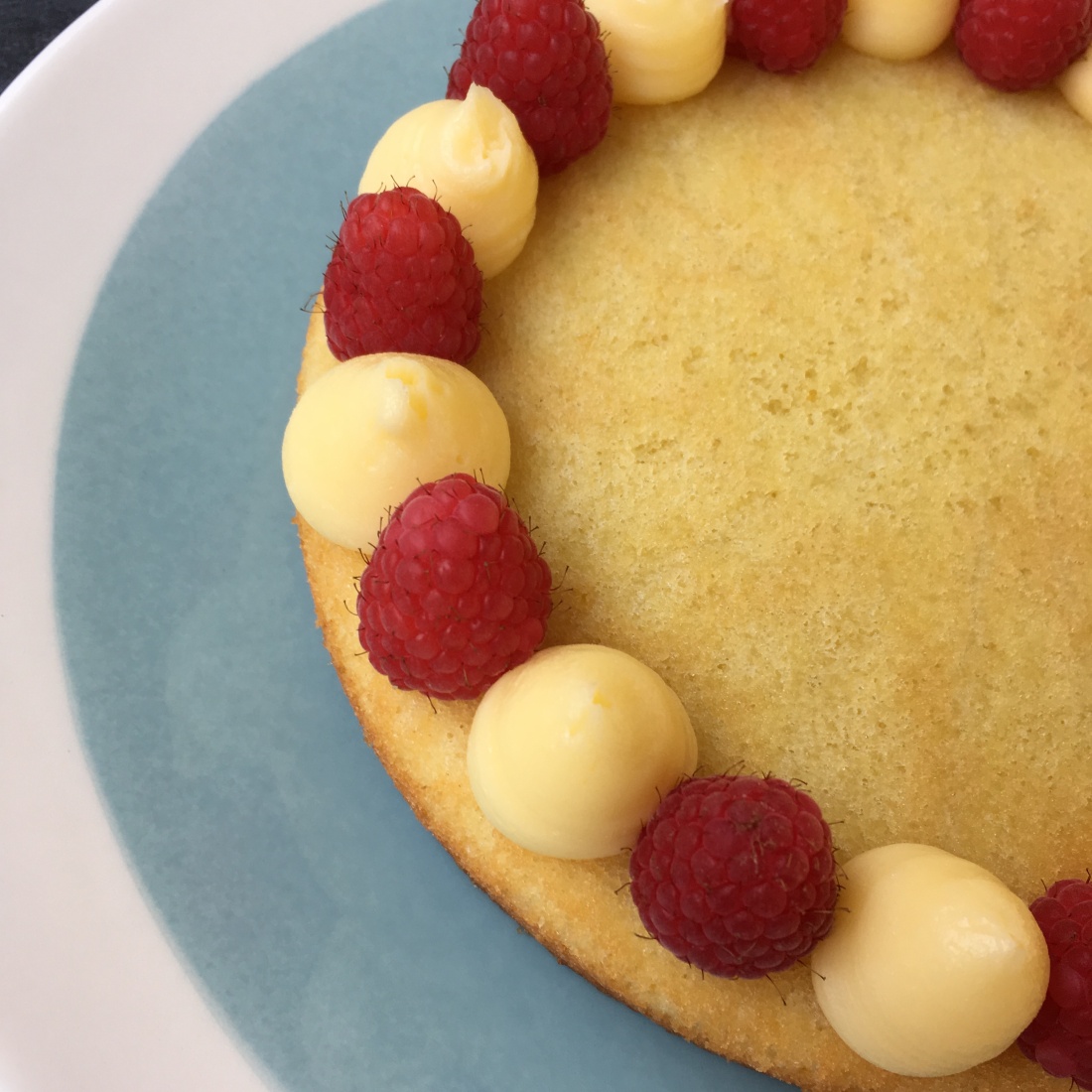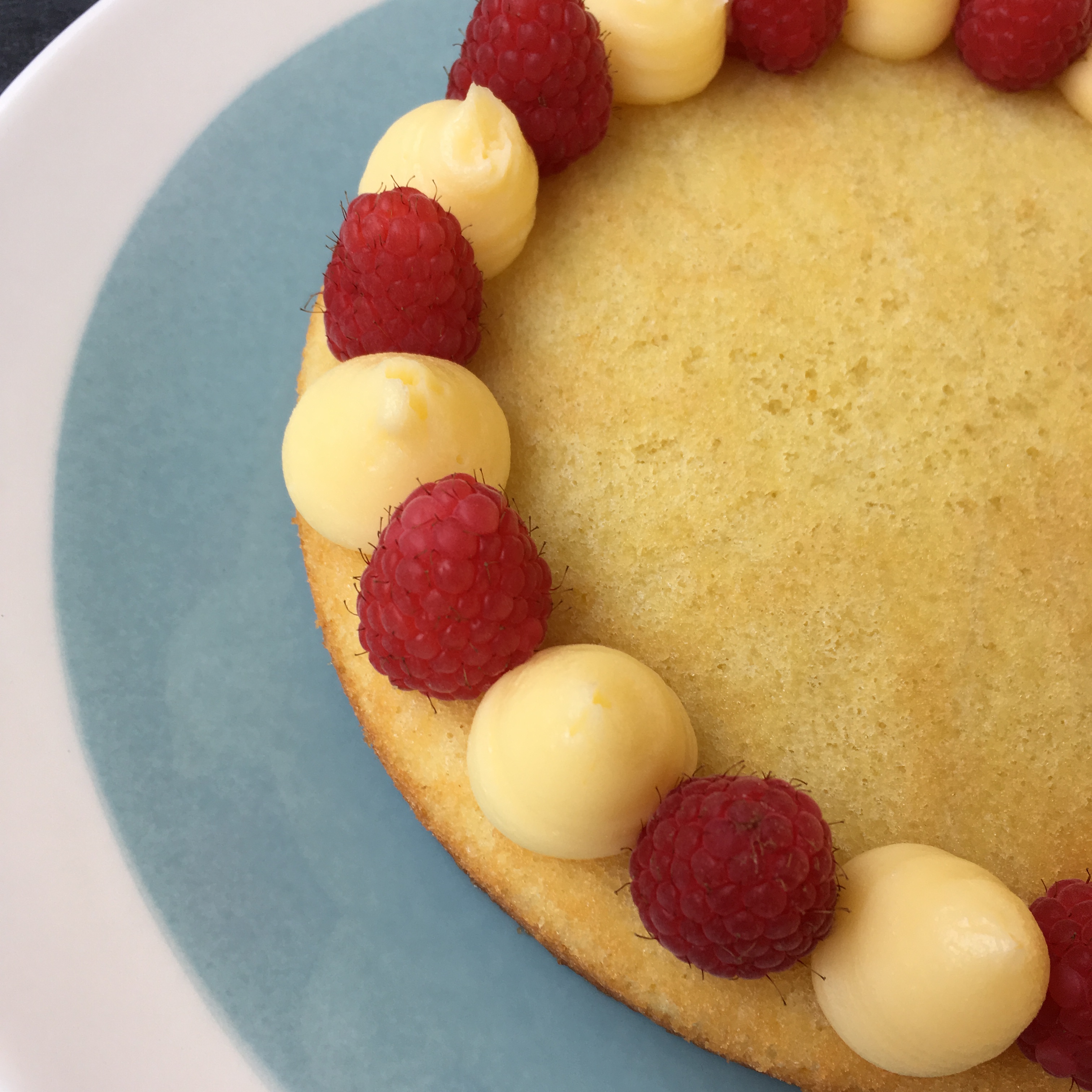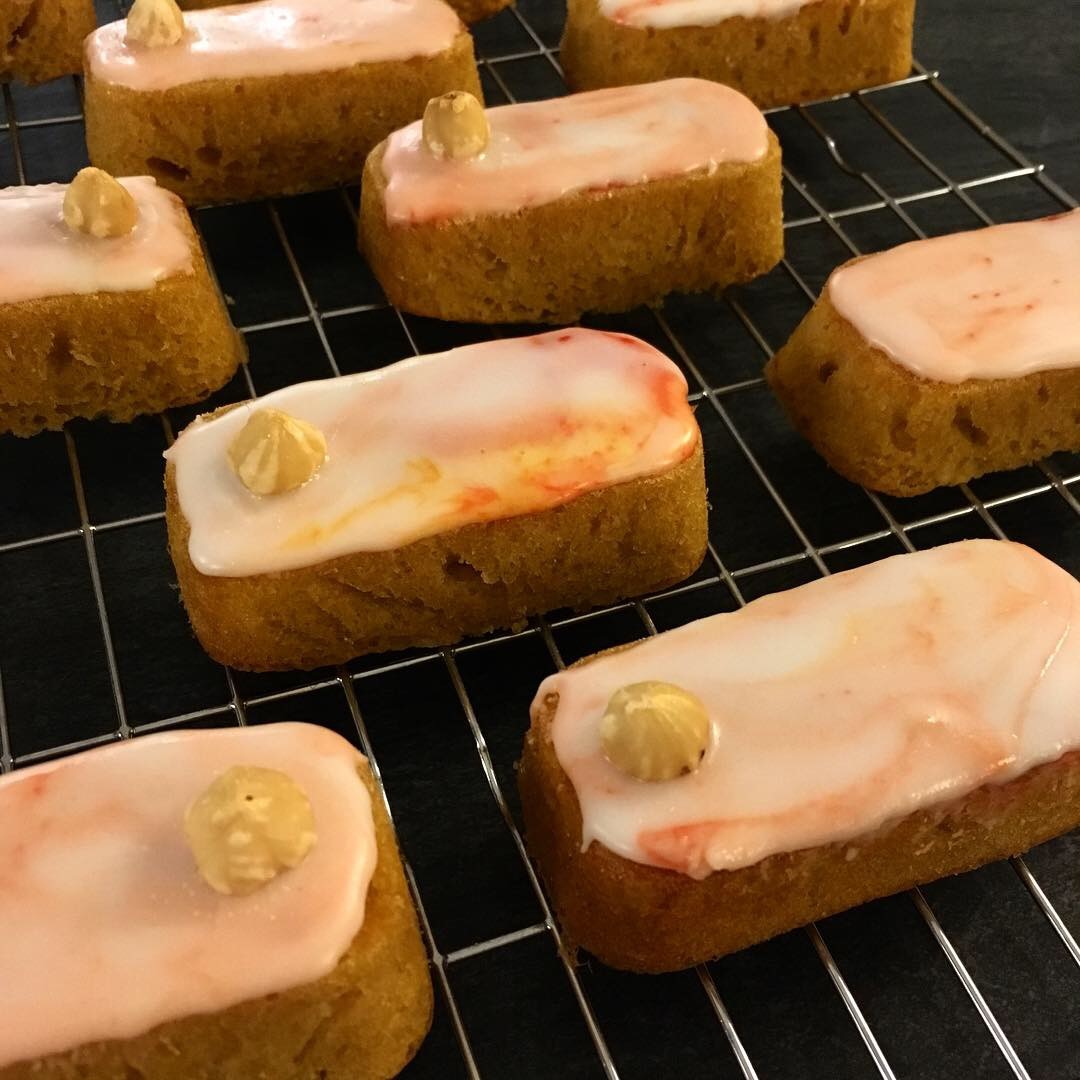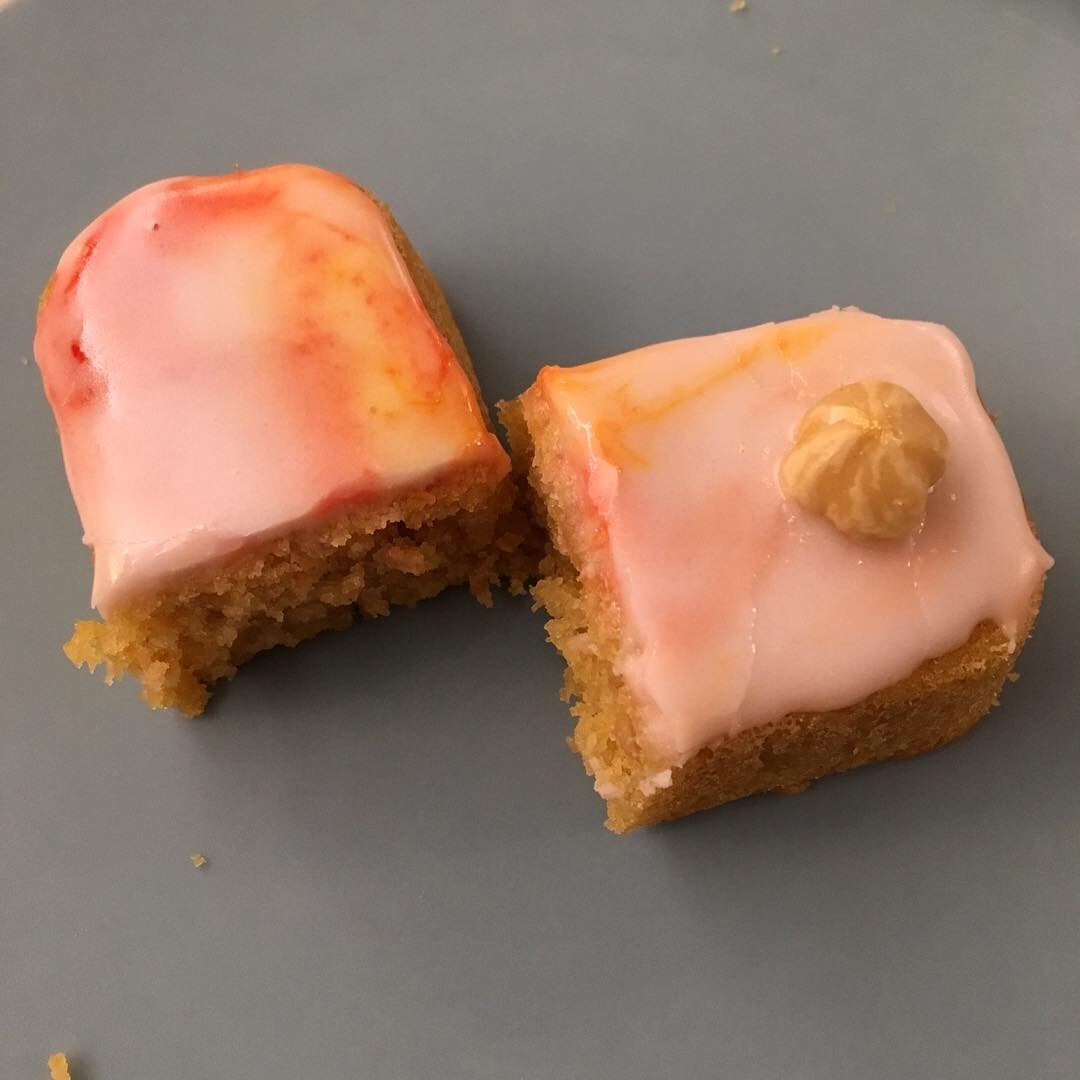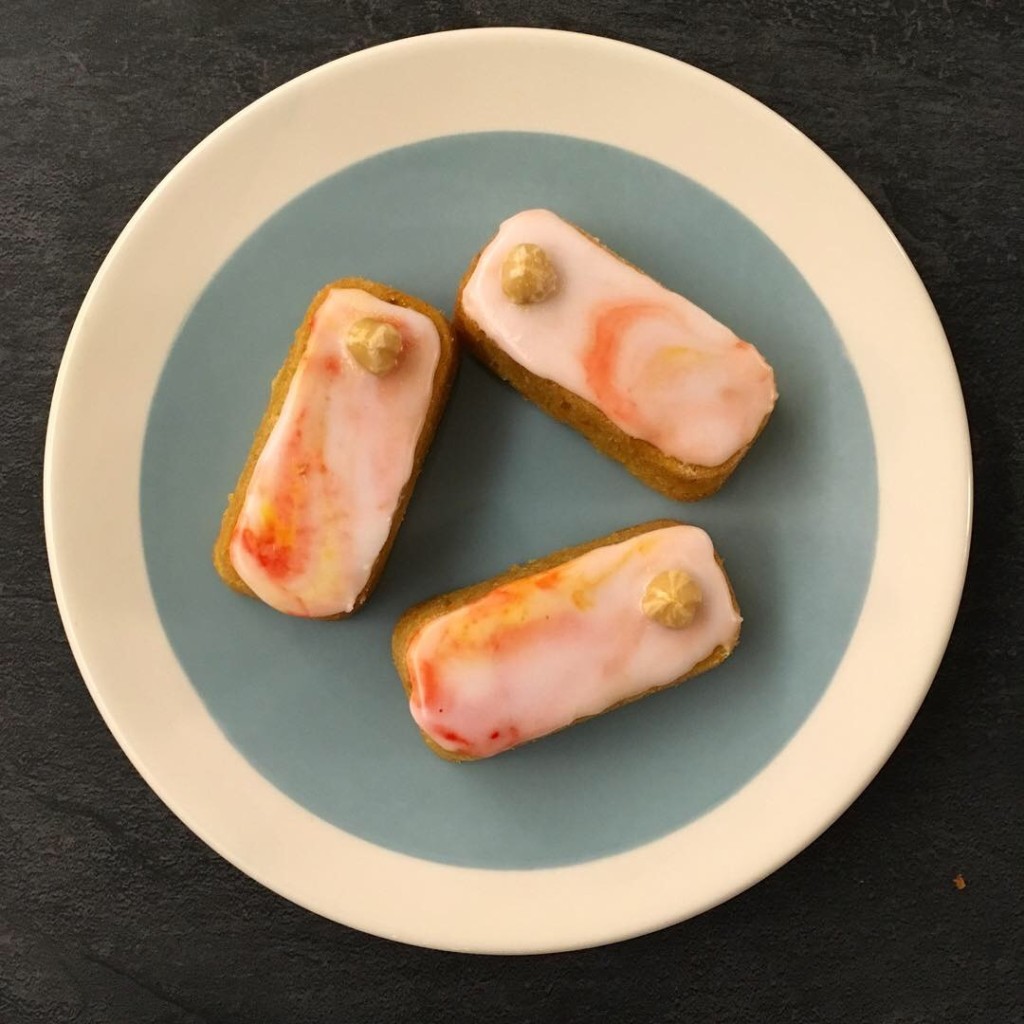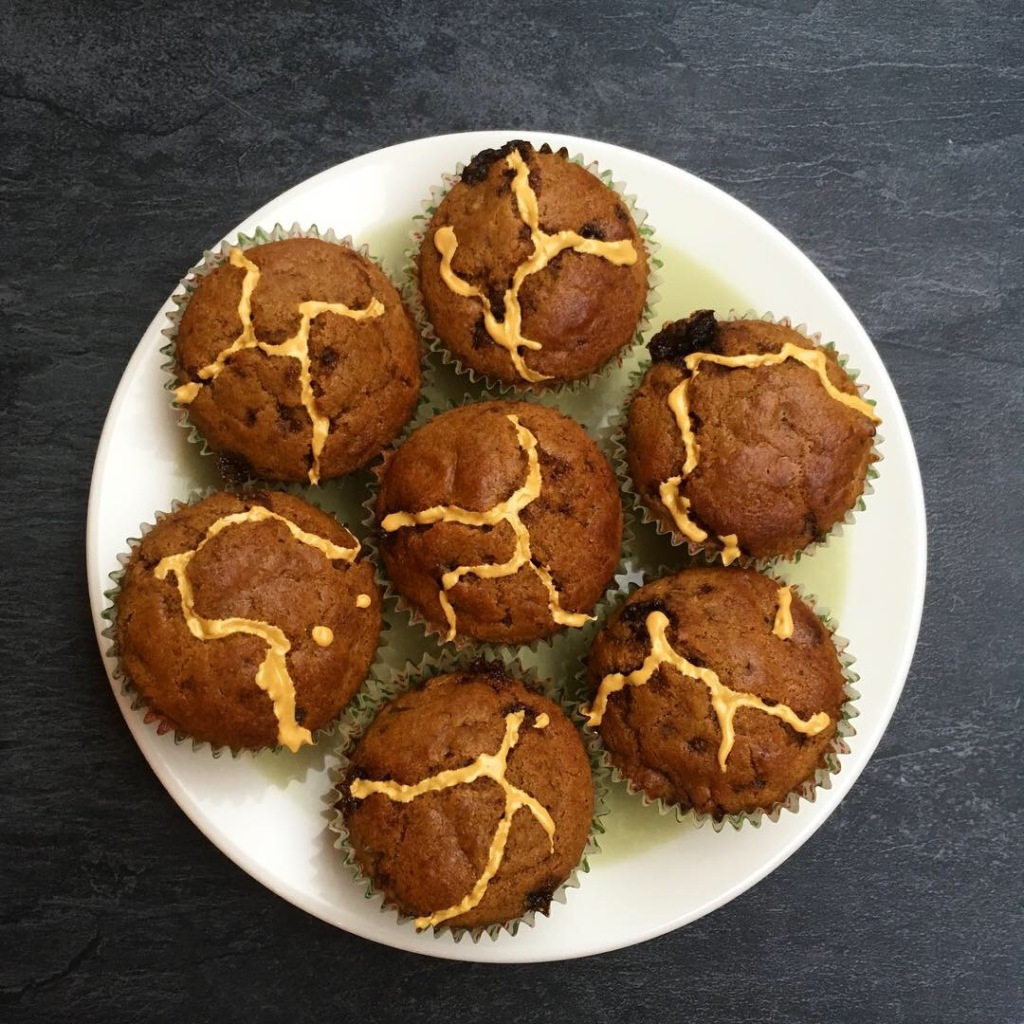Long time, no bake!
I know there’s been quite a long hiatus since my last post. At that time I felt quite creatively blocked- I was putting myself under so much pressure to come up with original recipes and I wasn’t happy with anything I created.
Yesterday I felt an urge to bake and got inspired by the sesame seeds I had in my cupboard. I’d seen a lot of people on Instagram use them in desserts, particularly paired with chocolate. Although it’s a relatively new trend to Western baking, many Asian countries have used sesame in desserts for decades.

Sesame has a sweet, nutty flavour that I wanted to experiment with. I personally can’t tolerate much cocoa due to a medical condition, but I love coffee flavoured desserts. Coffee and chocolate have similar qualities, with deep, roasted flavour notes. So why not coffee and sesame?
I can assure you, this combination really works. The sesame adds a sophisticated depth of flavour to the cake (and makes it seem much fancier than it is). I also added a spoonful of treacle to the batter- I was aiming for a slightly sticky cake, and the deep molasses works well with the other strong flavours. I used golden caster sugar for this recipe, but it would be interesting to see the results with a darker sugar.

The cake is soft and moist, with a little bit of texture from the seeds flecked through. My boyfriend described the flavours as a rollercoaster; first sesame, then coffee, then sesame again to finish. A little squiggle of chocolate on the top finishes these cakes off, and it works brilliantly with the rest of the flavours. This is one of my new favourite flavour combinations, and I can’t wait to experiment with it more!
Coffee + Sesame cakes
170g gluten-free self-raising flour
115g golden caster sugar
170g butter or dairy-free spread
1 tbs treacle
1 tbs coffee extract
30g sesame seeds
3 eggs
Chocolate and more sesame seeds for the top
- Preheat the oven to 180 degrees fan.
- Prepare whatever tin you’re using. This would make a lovely traybake, cupcakes, or possibly a loaf cake. I used my silicone tin with 12 small rectangular holes.
- Mix the flour, sugar, butter/spread, treacle, coffee extract, sesame seeds and eggs together thoroughly in a bowl.
- When the mixture is smooth and well-combined, place it into your tin and bake for about 15 minutes (depending upon the shape and size of your tin, this is how long mine took). I believe that you can smell when a cake’s ready, but you can always use a toothpick if you don’t trust your nose (an inserted toothpick should come out clean).
- When the cake/s are ready, bring them out and allow them to cool in the tray. When cool, drizzle them with a little melted milk or dark chocolate (make sure the chocolate isn’t too hot or runny, allowing it to cool a little will make it easier to pipe) and sprinkle a few more seeds on the top to finish. Enjoy!

